Prototyping Center
Table of Contents:
- General Overview
- 3D Printing
- Laser Cutting
- Printed Circuit Board (PCB)
General Overview of Prototyping
How do I get my parts printed/manufactured?
Complete the request form located here: https://fedc.engr.tamu.edu/services-home/service-request-form/.
How long does it take to get parts printed/manufactured?
General turnaround time is 2-3 business days for most parts. Later in the semesters, the queue can grow to over a week, especially for large or complex parts. We prioritize senior design/capstone parts, followed by other academic parts, and then research parts last.
What parts can I get printed?
The FEDC can only print parts that are for Engineering Academic classes/labs or for funded research/projects. Academic parts can be for an individual student project, team class/lab projects, or senior design/capstone projects.
What is the difference between Academic and Engineering Service Center requests?
Academic requests are those for Engineering undergraduate student projects that are for course credit. This includes approved engineering-related student organizations.
Engineering Service Center requests are for funded research/projects from anywhere within the TAMU System. These require a TAMU or SOFC account number for billing.
I do not have enough money in my FEDC allotment for the prints I need, how do I pay for my parts?
First, verify with your professor(s) whether your team has access to additional funds that can be used for 3D printing. Typically, this is only done for 400-level or senior design/capstone course teams. If you do have access to additional funds, email [email protected] with all pertinent information for instructions.
Can I bring my own material to print my parts?
To maintain the integrity of the 3D printers in the Prototyping Center, outside/personal filament is not allowed in most cases. However, we have our Yellow Badge program that teaches you how to use our Dremel 3D45’s and allows you to print your own parts with your own filament.
Where do I pick up my completed parts?
Use the main entrance to the FEDC, Zachry 111. Follow the hallway around to the north side, and look for your parts on the wire shelves.
What if I want to talk to a technician about my part/project?
You are welcome to stop by the Prototyping Center during open hours. Use the double-door entrance in the main hallway to Zachry 140. Be aware, sometimes we are unavailable to step away from maintenance or projects at a moment’s notice. Also, feel free to email [email protected] with all pertinent information.
How do I know what fidelity or material to select?
We are here to help with that and any other question you might have about printing your projects. We start to answer this question by asking “what does the part need to do?” Typically, that provides a direction to start.
